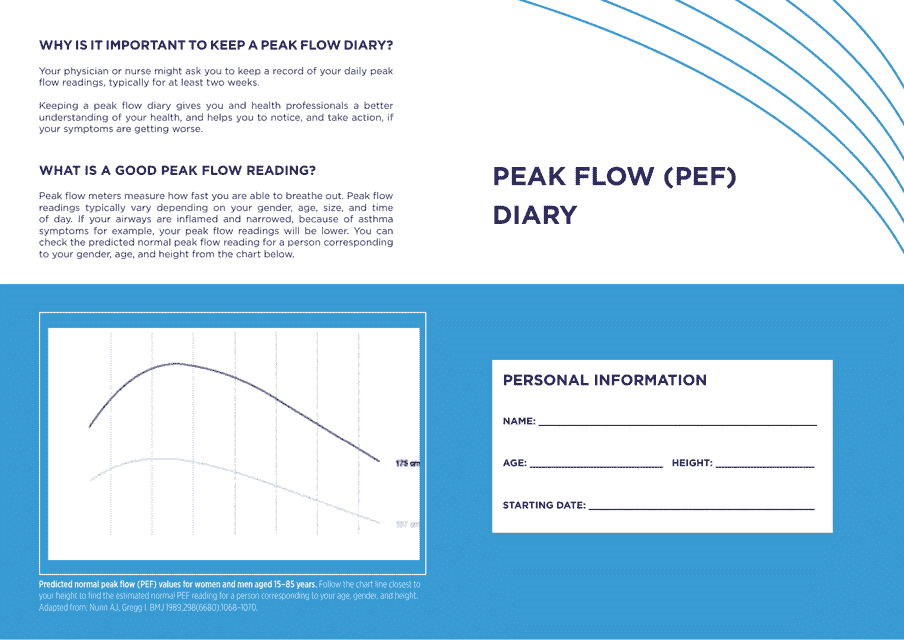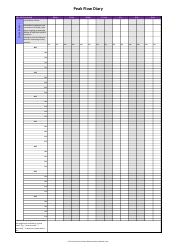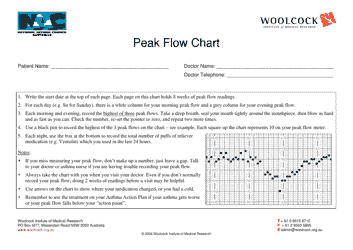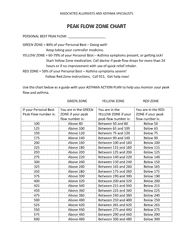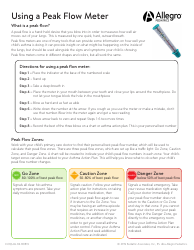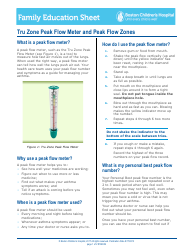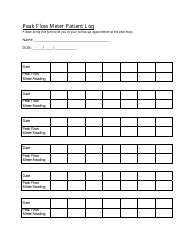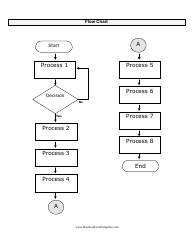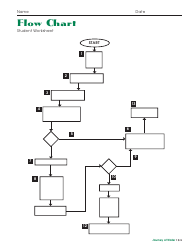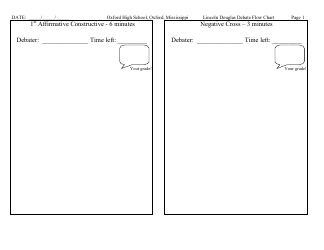Peak Flow (Pef) Diary Chart
A Peak Flow (Pef) Diary Chart is used to track and monitor the peak flow of air in a person's lungs. It helps to keep a record of any variations in their lung function over time, which can be helpful in managing conditions such as asthma.
The individual who uses the peak flow (PEF) diary chart is responsible for filing it.
FAQ
Q: What is a Peak Flow (Pef) Diary Chart?
A: A Peak Flow (Pef) Diary Chart is a tool used to track and record a person's peak expiratory flow rate (the maximum speed at which they can blow air out of their lungs).
Q: Why would someone use a Peak Flow (Pef) Diary Chart?
A: A Peak Flow (Pef) Diary Chart is often used by people with asthma or other respiratory conditions to monitor their lung function and evaluate the effectiveness of their treatment plan.
Q: How is a Peak Flow (Pef) Diary Chart used?
A: To use a Peak Flow (Pef) Diary Chart, individuals measure and record their peak expiratory flow rate at specific times throughout the day using a peak flow meter. The results are then plotted on the chart to show any patterns or changes.
Q: What information does a Peak Flow (Pef) Diary Chart provide?
A: A Peak Flow (Pef) Diary Chart provides data on a person's peak expiratory flow rate over time, which can help indicate how well their lungs are functioning and if their respiratory condition is worsening or improving.
Q: What are the benefits of using a Peak Flow (Pef) Diary Chart?
A: Using a Peak Flow (Pef) Diary Chart can help individuals and their healthcare providers monitor their lung function, identify triggers or patterns that may worsen symptoms, and adjust their treatment plan accordingly to improve their respiratory health.
